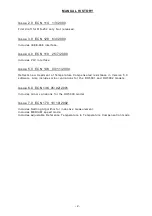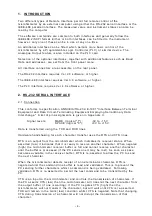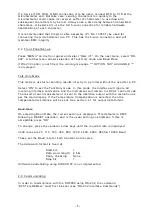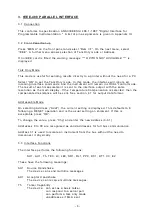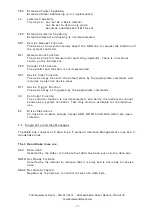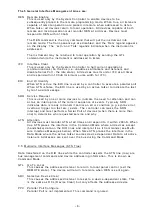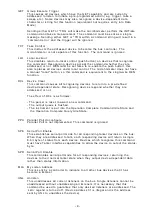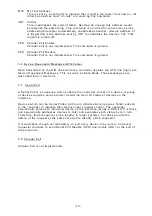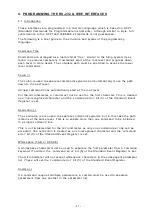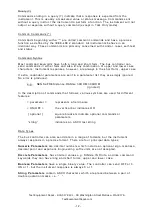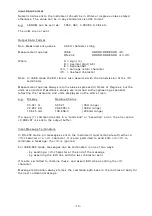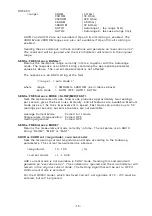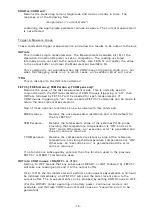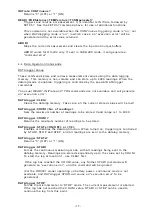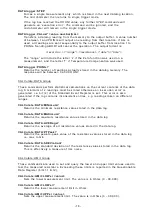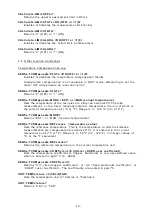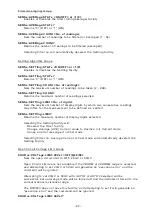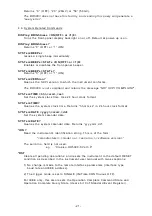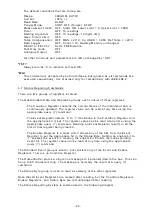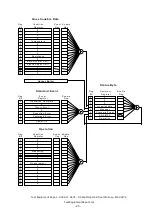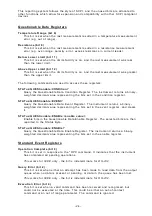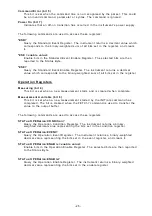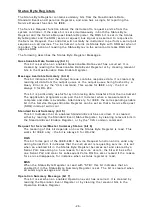
- 11 -
4. PROGRAMMING THE RS-232 & IEEE INTERFACES
4.1 Introduction
These interfaces are programmed in a common language which is based on SCPI
(Standard Commands for Programmable Instruments). Although similar in style, full
conformance to the SCPI and IEEE488.2 standards is not guaranteed.
The following is a brief guide to the structure and syntax of the programming
language.
Command Tree
Commands are arranged as a hierarchical “t ree”, similar to the filing system trees
found in personal computers. Commands start at the root level and progress down
each level in more detail. The complete path must be specified to access the lower
level commands.
Colon (:)
The colon is used to separate command keywords and automatically move the path
down to the next level.
All new command lines automatically start at the root-level.
For the microhmmeter, a colon must not be sent as the first charac ter. This is treated
as a non-recognised character and the ‘command error’ bit (5) of the Standard Event
Register is set.
Semicolon (;)
The semicolon is also used to separate co mmand keywords, but in this case the path
remains at the same level. This is to enable more than one command to be included
in a single command line.
This is not implemented for the microhmmeter as only one command per line can be
accepted. The semicolon is treated as a non-recognised character and the ‘command
error’ bit (5) of the Standard Event Register is set.
Whitespace (TAB or SPACE)
A whitespace character must be used to separate the first parameter from a command
keyword. If omitted, the ‘command error’ bit (5) of the Standard Event Register is set.
The microhmmeter will not accept whitespace characters in the subsequent parameter
list. These will set
the ‘command error’ bit (5) of the Standard Event Register.
Comma (,)
If a command requires multiple parameters, a comma must be used to separate
parameters from one another in the parameter list.


